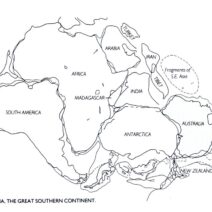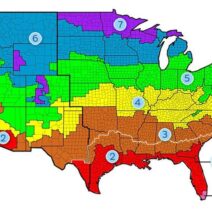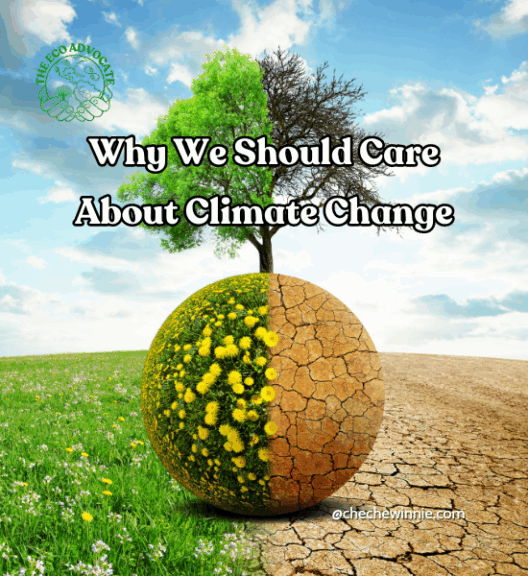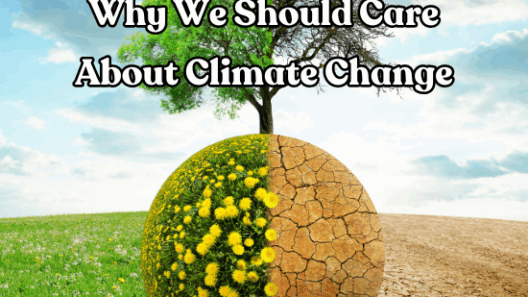A Cooler Climate, a thought-provoking television movie released in 1999, reverberated through environmental circles and beyond, generating substantial discourse around climate change and ecological awareness. Although it was produced over two decades ago, its relevance resonates with contemporary discussions surrounding environmental degradation and climate urgency. This article delves into the various types of content readers can expect from this cinematic work, elucidating its iconic position in the environmental narrative.
The narrative of A Cooler Climate revolves around complex themes that intertwine personal, social, and political dimensions. At its core, the story spectators encounter is more than just a superficial examination of climate issues. It narrates the life of its protagonist, who grapples with personal dilemmas while facing an impending environmental crisis. This duality fosters a sophisticated exploration of the psychological impact of climate strife, as well as the moral obligations that individuals face when confronting ecological catastrophe. Viewers find themselves immersed in character-driven storytelling that provokes emotional introspection and societal reflection.
One of the film’s most salient aspects is its ability to introduce viewers to the scientific principles underpinning climate change without delving into dense technical jargon. It artfully distills complex environmental concepts, making them accessible to a diverse audience. This approach is vital in catalyzing critical thinking and sparking informed discussions. The writers establish a bridge between the intricacies of environmental science and the emotional fabric of human experience. Audiences are fortified with knowledge, empowering them to engage with contemporary ecological issues on a deeper level.
Furthermore, A Cooler Climate deftly unpacks the intersectionality of environmental issues, examining how different socio-economic, racial, and cultural dimensions impact the vulnerability of communities to climate change. This multifaceted exploration encourages viewers to consider not just the grandiose specter of global warming, but how it permeates the lives of marginalized groups. Such representation is crucial, as it highlights the systemic inequalities that run parallel to environmental degradation, urging audiences to adopt a more inclusive perspective when discussing climate action.
The cinematography of the film is another noteworthy aspect, as it employs powerful imagery to underline the consequences of climate neglect. The visual narrative frequently juxtaposes scenes of serene natural beauty against stark images of environmental devastation. This contrasting technique elicits a visceral response from audiences, encouraging them to appreciate the delicate equilibrium of our ecosystems while simultaneously confronting the stark realities of climate change. The poignant visuals reinforce the film’s urgent message, serving as a clarion call for stewardship over our planet.
As the story progresses, it deftly navigates through the human experiences that encapsulate the bewildering spectrum of reactions to climate change—from apathy to activism. The film’s character arcs reflect varying responses to ecological disruption, showcasing how individuals choose to confront their anxieties. The protagonist’s journey becomes emblematic of a broader societal struggle, mirroring real-world tendencies to oscillate between environmental awareness and indifference. This reflection serves to inspire viewers to assess their own engagement with climate action.
Another pivotal aspect of A Cooler Climate is its poignant exploration of political advocacy and grassroots movements. The film spotlights the vital role of citizens in advocating for environmental justice, suggesting that meaningful change is not solely the responsibility of governments or institutions. This provocative theme encourages the audience to become catalysts for change within their own communities, leveraging collective action towards a sustainable future. It champions the notion that individual choices, when united, can lead to monumental shifts in policy and practice.
The dialogue within the film also merits attention. It is laced with compelling philosophical and ethical considerations regarding humanity’s relationship with the environment. The conversations between characters often encapsulate intense debates about resource utilization, conservation ethics, and the responsibilities owed to future generations. This dense layering of discourse invites viewers to grapple with their own beliefs and assumptions about ecological stewardship, compelling introspection on personal values and environmental ethics.
Pivotal to the overarching message of A Cooler Climate is the emphasis placed on hope and resilience. The narrative ultimately champions the idea that despite the ominous challenges posed by climate change, there remains a reservoir of potential in collective human action. By spotlighting success stories of communities and individuals who have emerged victorious in their environmental efforts, the film fosters a sense of empowerment among viewers. This strategic pessimism-to-hope transition serves as an antidote to despair, encouraging audiences to envision a future where the momentum of climate advocacy thrives.
Lastly, A Cooler Climate leaves viewers pondering their own roles in the climate narrative. The cogent storytelling beckons personal accountability, urging individuals to examine how their choices ripple through the larger ecological tapestry. Questions surrounding consumption, resource management, and community engagement linger long after the credits roll. The film embodies the urgent call to action that is necessary in the current climate discourse, urging audiences toward profound introspection and, ultimately, action.
In conclusion, A Cooler Climate serves as a seminal work that resonates far beyond its cinematic confines. It is an evocative examination of the intersecting paths of climate science, personal narrative, and societal obligation. Through its rich content array, it facilitates an engaging dialogue on the pressing environmental issues of our time, empowering viewers with the knowledge, urgency, and hope required to confront the challenges posed by climate change. The film not only entertains but also enlightens—an endeavor that is indispensable in the collective pursuit of a sustainable future.







